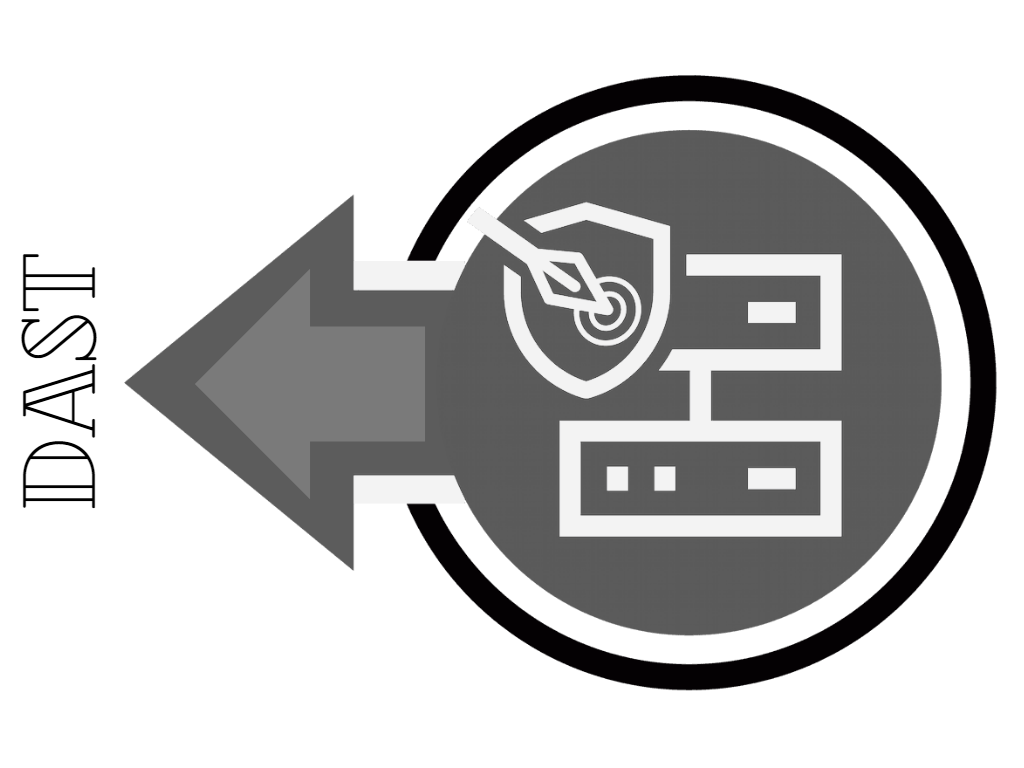WHAT IS DAST

Dynamic Application Security Testing (DAST) is the process of analyzing a web application through the front-end to find vulnerabilities through simulated attacks.
This type of approach evaluates the application from the “outside in” by attacking an application like a malicious user would.
After a DAST scanner performs these attacks, it looks for results that are not part of the expected result set and identifies security vulnerabilities.
“Black box” testing looks at an application from the outside in, examines its running state, and observes its responses to simulated attacks made by the tool.
Move DAST Left
- DAST should be utilized outside of QA and given to developers as part of the CI/CD workflow.
- Complete API security for any application, including GraphQL, gRPC, REST, and SOAP.
- Use automated and orchestrated scans to leverage dynamic analysis at scale.

WHY AUTOMATION DYNAMIC APP SECURITY TESTING ?
Web-Inspect is an automated dynamic testing solution that provides comprehensive vulnerability detection.
Web inspection is a crucial aspect of cybersecurity because it allows organizations to identify and mitigate potential security threats to their web applications, websites, and networks.
Web inspection involves the analysis of web traffic and data to identify vulnerabilities, malware, and other security threats.
Test the most critical portions of your apps with sub-five-minute scan times using the FAST Proxy.
DAST is an important aspect of DevOps, as it helps to identify and fix security vulnerabilities in applications during the development process.
Integrating DAST into DevOps can be challenging, as it requires testing to be performed quickly and frequently to keep up with the speed of DevOps.
The “Sec” in DevSecOps stands for security.
Developer-driven DAST means testing early, testing often, and integrating DAST in Agile and Scrum testing cycles.
It emphasizes the importance of integrating security practices into the DevOps process to ensure that software and systems are secure from the beginning of the development cycle to the end.
Scan Central DAST enables scan automation, macro auto generation, and horizontal scaling to reduce burdens on enterprise security teams.
Here are some considerations for implementing DAST at enterprise scale –
- Automated testing
- Integration with CI/CD pipelines
- Scalability
- Customization
- Reporting
- Collaboration
- Compliance
DAST helps to identify vulnerabilities and security weaknesses in API endpoints.
Comprehensive API Security for any application, from SOAP to REST as well as GraphQL and gRPC.
Here are some considerations for API testing in DAST
- Authentication
- Authorization
- Input validation
- Error handling
- Integration with DAST tooling
Key Benefits of DAST
Find Vulnerabilities Faster and Earlier
Use agent technology and automation to save time
Crawl Modern Frameworks and Web Technologies
Manage Enterprise AppSec Risk with Scan-Central DAST
QUERY
frequently asked questions

DAST, sometimes called a web application vulnerability scanner, is a type of black-box security test. It looks for security vulnerabilities by simulating external attacks on an application while the application is running. It attempts to penetrate an application from the outside by checking its exposed interfaces for vulnerabilities and flaws.
- DAST test, is an application security solution that can help to find certain vulnerabilities in web applications while they are running in production.
- DAST demonstrates the attack and provides a proof of exploit for every risk uncovered. This gives developers context, validating that the vulnerabilities really exist and making it easy to test patches without running another scan.
The key difference between SAST and DAST is that DAST is done from the outside looking in. It is a process that takes place while the application is running. Attempts are made to penetrate the application in a variety of ways to identify potential vulnerabilities, including those outside the code and in third-party interfaces. Source code, byte code, and binaries are not required with DAST, and it is easier to use and less expensive than SAST tools.
- DAST can determine different security vulnerabilities that are directly linked to the operational deployment of an application.
- No need to access the code as it helps to find different vulnerabilities in the web applications while they are running in the production environment.
- It supports a testing team in finding the vulnerabilities which exist outside the source code and in the third–party application interfaces.




















